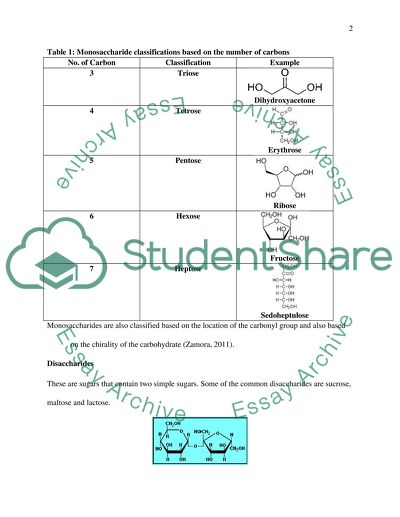Cite this document
(“Therapeutic polysacchraides Essay Example | Topics and Well Written Essays - 2250 words”, n.d.)
Retrieved from https://studentshare.org/chemistry/1428290-therapeutic-polysacchraides
Retrieved from https://studentshare.org/chemistry/1428290-therapeutic-polysacchraides
(Therapeutic Polysacchraides Essay Example | Topics and Well Written Essays - 2250 Words)
https://studentshare.org/chemistry/1428290-therapeutic-polysacchraides.
https://studentshare.org/chemistry/1428290-therapeutic-polysacchraides.
“Therapeutic Polysacchraides Essay Example | Topics and Well Written Essays - 2250 Words”, n.d. https://studentshare.org/chemistry/1428290-therapeutic-polysacchraides.


